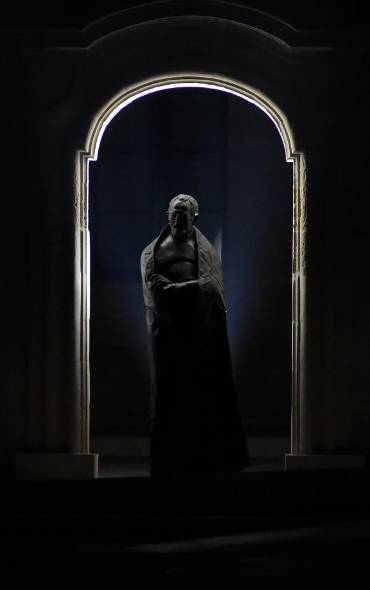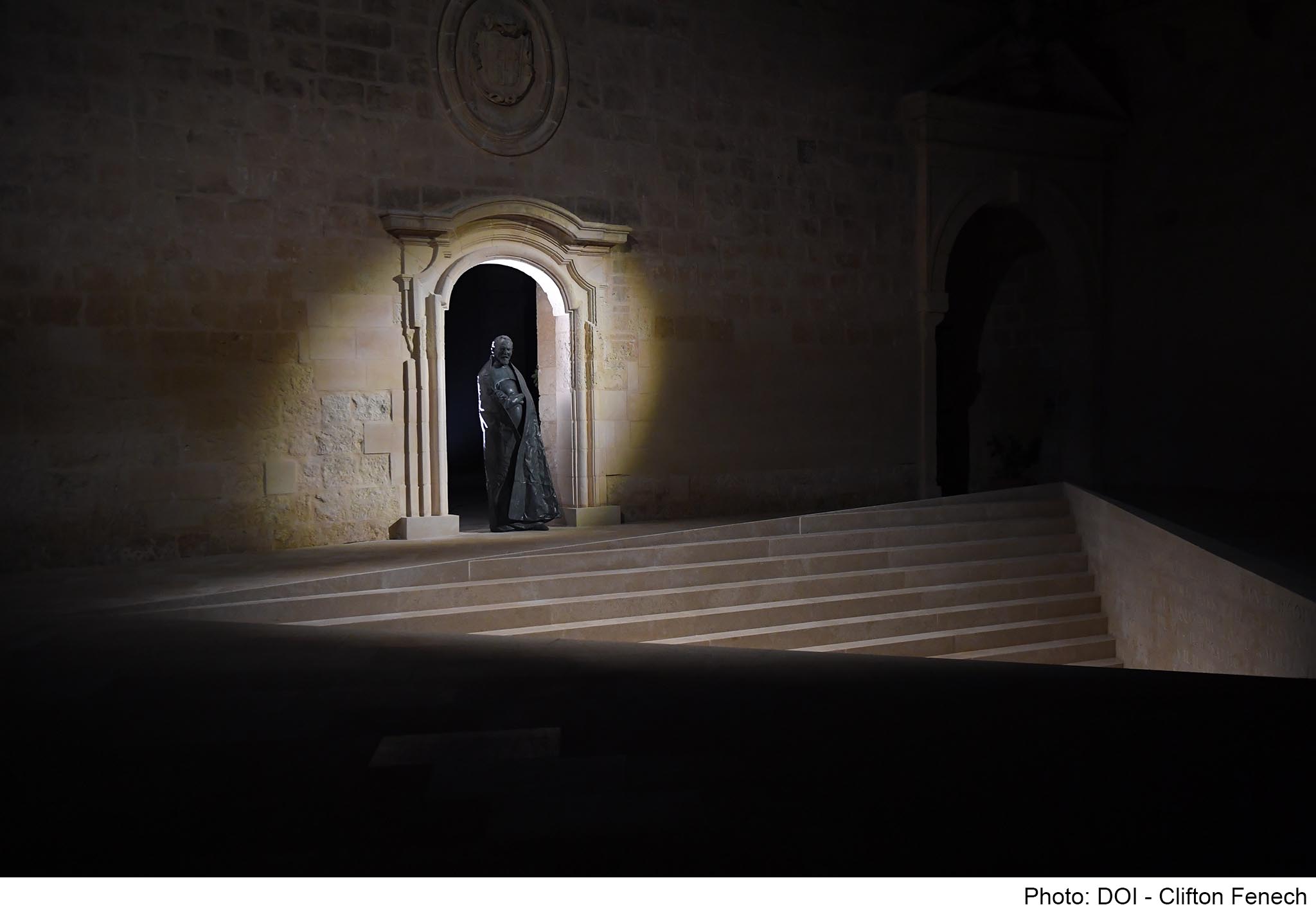A new look! Courtyard at Sant’Anton Palace and Grand Master Antoine De Paule memorial inaugurated
The project combines the historical memory of the Palace with modern times.
President George Vella has inaugurated the new entrance of Sant’Anton Palace, which now includes a bronze figure of Grand Master Antoine De Paule, with the aim of celebrating the origins of the palace and his works.

Clifton Fenech
During the inauguration, President Vella said that since the day he entered the official residence of the Presidency, he felt the need for the history of this palace to be better known, studied, and memorialised.
“We drew up a work plan so that, over a one-year period, we gave impetus to in-depth research on the origin of Sant’Anton Palace and the way that history and time changed it and passed it on to us in the form and the state we enjoy it today”, the President stated.
“Undoubtedly, Grand Master De Paule was the one who surrounded this palace with orange and citrus trees, which still bear fruit. These fruits were often gifted to dignitaries and queens,” he continued.
The Palace needed a grand entrance linking its history to the present and the function served by the Palace today as one of three Presidential Palaces.
The project was led by an advisory committee that recommended artist Austin Camilleri to work on a concept that, taking into consideration the historic fabric of the building against which it is set, combines the historical memory of Grand Master Antoine De Paule with our times.
Right in front of the Grand Master De Paule memorial, a water trough was built, and verses in poetry inspired by the original deeds of foundation of Sant’Anton Palace, purposely written by Poet Laureate Maria Grech Ganado, were cut into the adjacent wall.
The advisory committee was made up of Prof. Richard England, Prof. Conrad Thake, Rev. Marius Zerafa, Dr Sandro Debono, and Perit David Zahra.

Professor Conrad Thake presented a critical review of the project, which, in his words, serves as a bridge connecting historical memory with modern times. Prof. Thake said that the minimalist intervention invites you to interact with the space and the architectural elements without imposing.
The project is simple in its statement yet bold in its presence.